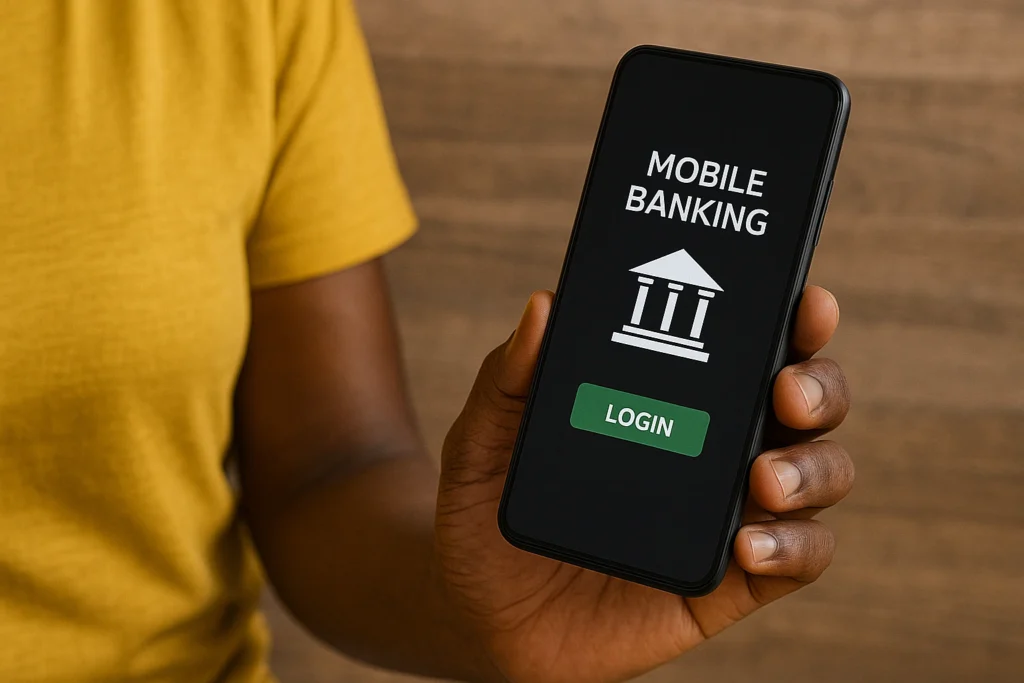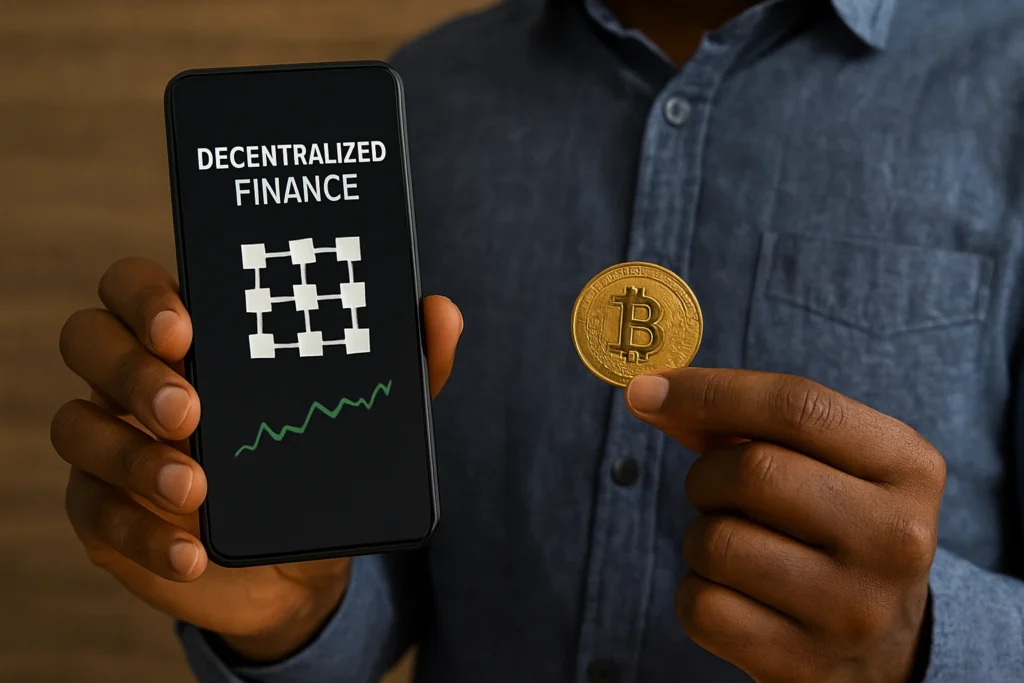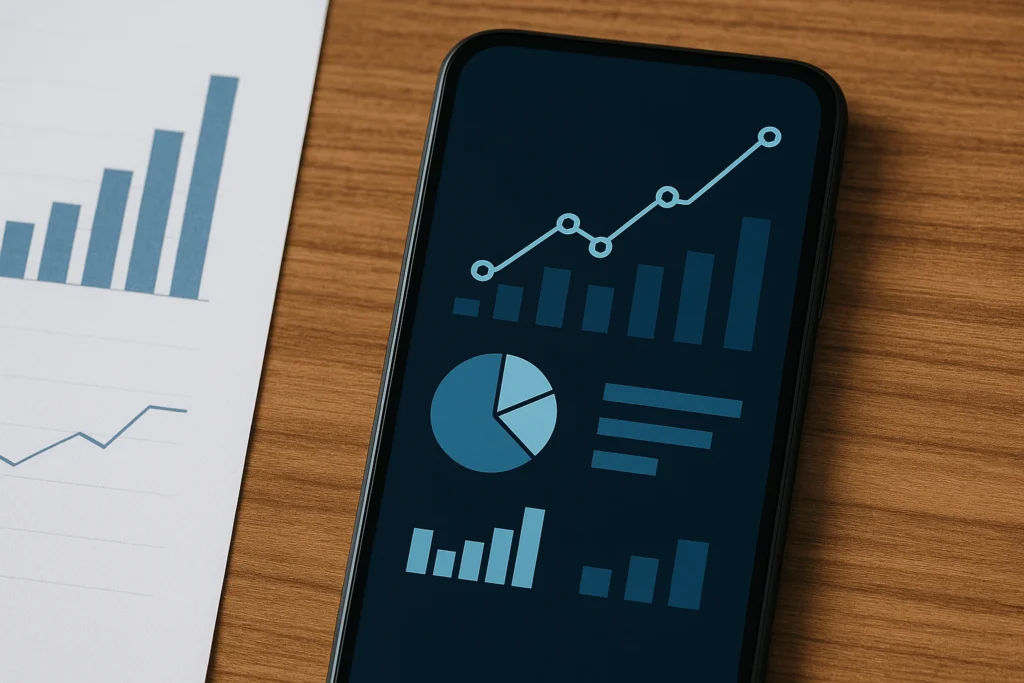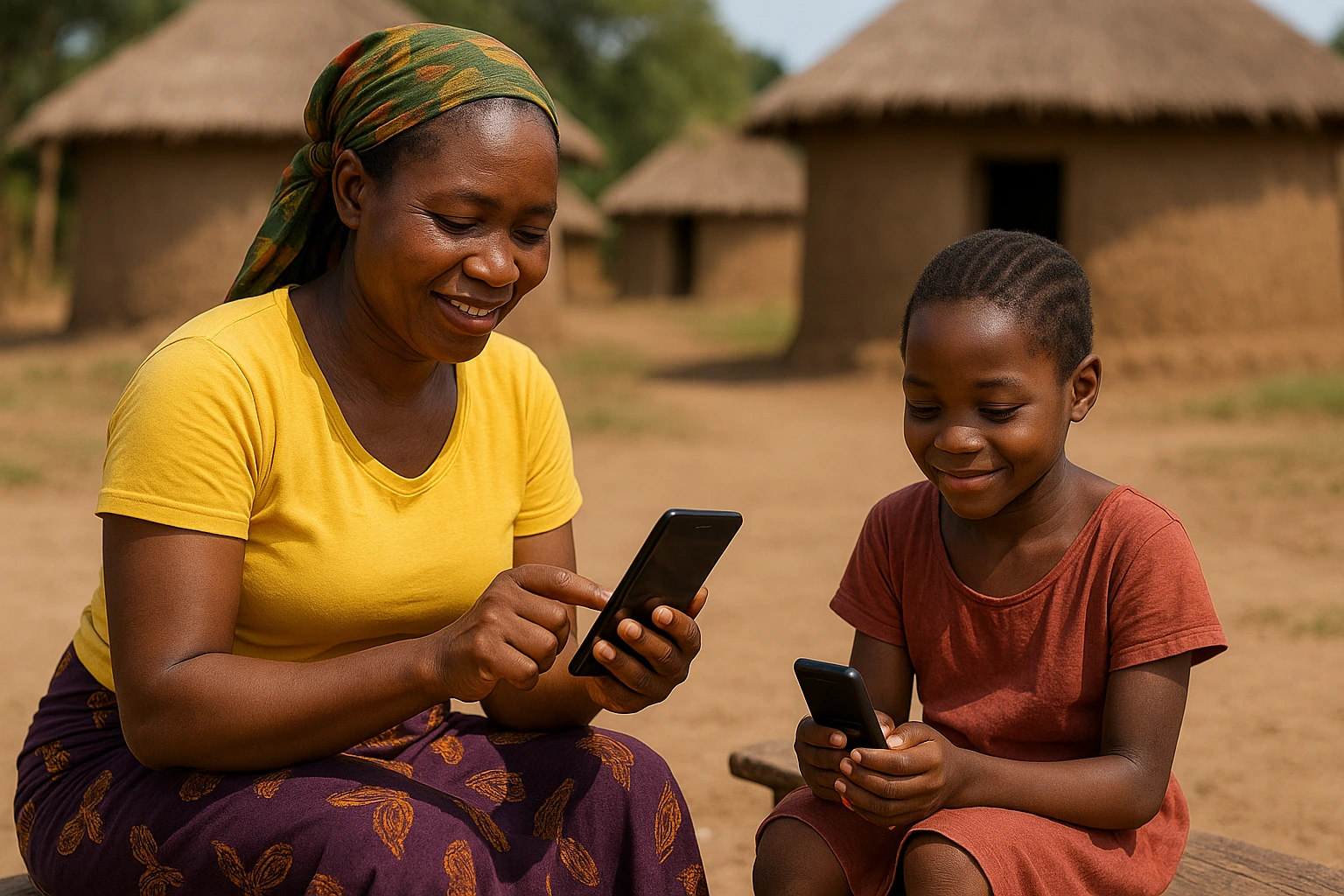If you’ve never had to think twice about accessing a bank, it might be hard to imagine. But for more than 1.4 billion people globally, opening an account, saving money safely, or even getting paid through a secure channel is out of reach. Without access to basic financial tools, families cannot save, borrow, or build futures. A lack of formal identification, long distances to bank branches, and complex paperwork prevent people from participating in the economy.
The problem has existed for decades. But now, the solutions are starting to catch up. Thanks to mobile banking access, financial inclusion tech, and the rise of fintech social impact initiatives, the gap between the banked and the unbanked is beginning to close.
Bit by bit, these tools are changing how people in remote and underserved areas manage their money. In the following sections, we’ll examine the technologies advancing financial inclusion, the gaps that still exist, and the steps needed to reach those traditionally left behind.
Mobile Banking Access: The First Step Toward Inclusion
According to the World Bank, mobile money accounts now outnumber traditional bank accounts in parts of Sub-Saharan Africa. This shift is no surprise. Mobile platforms offer a faster, more affordable, and more accessible gateway to financial services. This is especially true where formal infrastructure is weak or entirely missing.

M-Pesa in Kenya has changed how people handle money each day. Users can store funds, pay bills, and send money without ever opening a bank account or using internet services. In Bangladesh, bKash offers similar capabilities, with added features like savings, credit, and insurance. In the Philippines, GCash allows users to borrow, invest, and even earn interest through a single mobile app.
These services empower people who have never had a formal financial footprint. For example, small vendors, farmers, and migrant workers can now manage money with more control and security.
However, challenges still exist:
- A significant number of rural users have limited phone or network access
- Digital literacy training is rare in rollout plans
- Interface design often ignores users with low literacy
Mobile banking access is a major leap forward. But to achieve real inclusion, these tools must evolve to become more local, more user-friendly, and more responsive.
Blockchain and DeFi: The Next Chapter in Access
Decentralised finance (DeFi) is often seen as futuristic. In reality, it’s already helping people excluded by traditional systems. These tools offer new pathways to access, ownership, and financial participation for those long excluded from formal systems.
If you’re unfamiliar, DeFi refers to financial services such as lending, saving, and insurance built using blockchain technology. These services operate without traditional banks or middlemen.
Instead of relying on a central authority, DeFi platforms use blockchain: a digital ledger that records transactions securely and transparently, making it nearly impossible to alter or tamper with. This decentralized structure gives users greater control over their financial activities.

Here’s how:
Bypasses Traditional Banks
Blockchain allows people to transact directly, without needing a traditional financial institution. This is vital in remote areas where banks are physically or economically inaccessible. It also removes the need for trust in institutions that may have failed communities in the past, creating more self-directed financial control.
Transparent and Secure by Design
Speaking of trust, blockchain also offers transparency and security. Every transaction is publicly recorded and cannot be altered. This feature ensures that all financial actions are easily verifiable, which is especially important for individuals who may not have access to traditional records or banking systems. Users can independently verify their activity, reducing disputes and giving them more confidence in managing their money.
Builds Identity Without Bureaucracy
DeFi can help users establish financial identities. DeFi platforms generate digital identities based on usage history and peer interactions. This benefits individuals who lack government-issued ID or official records. It helps create a trackable, verifiable financial presence that can eventually open doors to more formal services like microloans or group lending programs.
Enables Automated Lending and Saving
Once identity and trust are established, users can take advantage of smart contracts. These allow people to borrow, save, or insure without human approval. The process runs automatically, reducing delays, costs, and paperwork. For financially excluded communities, this means faster access to funds, fewer eligibility barriers, and less reliance on manual processing or physical visits.
Supports Stable, Cross-Border Transactions
Finally, blockchain enables greater financial stability across borders. With stablecoins and global crypto networks, users can protect their income from inflation or currency instability, and receive remittances with minimal fees. This is especially important in countries with volatile currencies, where holding value in local money carries significant risk over time.
Real-World Use Cases
These benefits are already being put into practice in communities around the world.
In Colombia, rural farming cooperatives are turning to blockchain technology to manage their internal finances more fairly and efficiently. Traditionally, these co-ops operated with little transparency, which led to disputes over profit distribution and poor recordkeeping.
By using blockchain tokens, each member’s contribution and share of the profits are recorded in a permanent and visible way. This allows members to track earnings in real time and hold leadership accountable, something that was difficult with informal paper-based systems. The result is increased trust within the community and stronger participation in group-based economic efforts.
Meanwhile, in Nigeria, small-scale traders, particularly those in cash-dependent markets, are using stablecoins to protect their earnings. With inflation frequently reducing the value of the naira, many merchants are converting daily income into stablecoins that are tied to more stable currencies like the US dollar.
These digital assets offer a safer store of value and are accessed through mobile wallets. This gives users the ability to preserve their income without needing a traditional bank account. It also opens the door to other financial activities, including saving, investing, or borrowing through decentralised platforms.
In both cases, the most significant benefit is greater financial control. These communities are gaining tools that help them build long-term financial resilience. What is especially promising is that these solutions work with resources people already have, such as basic smartphones and mobile data. This shows that DeFi can be adapted effectively to fit the needs and realities of local users.
Barriers That Must Be Addressed
While the promise of blockchain and DeFi is real, the experience of using these tools still falls short for many. Innovation alone does not guarantee accessibility. Without thoughtful design and broader infrastructure support, the people most in need of these services are often the least able to use them.
Here’s why:
- Too Complex for New Users: Most platforms are designed for tech-savvy audiences, not first-time users or those with low literacy.
- Not Localised for Language or Culture: Interfaces are often in English only, with no regional adaptation, making them difficult to use in many communities.
- Requires Devices and Internet Access: Without smartphones or reliable data, access to DeFi becomes limited to those already digitally equipped.
So, how do we know if these tools are actually working? To move from access to impact, we need to measure what really matters.
Measuring the Fintech Social Impact
To truly understand whether fintech is making a difference, we have to ask more than just whether people can open a digital wallet or download a finance app.
Fintech, which stands for financial technology, includes tools like mobile banking, digital lending platforms, and savings apps designed to expand financial access, especially in places where traditional banks fall short.
But here’s the real question: Is fintech merely providing access, or is it actually transforming lives? Is it enabling people to save, break free from high-interest lenders, and take control of their financial futures? Are women gaining true financial independence and decision-making power?

Evidence from countries that have embraced fintech shows real gains:
- In Kenya, households using M-Pesa increased their regular savings by 22 percent.
- In India, Aadhaar and mobile payments made welfare delivery faster and more inclusive.
- Across several markets, a growing number of women are becoming first-time users of digital finance.
There are also compelling case studies. In Uganda, women form digital savings groups that help them pool resources safely. In Indonesia, farmers use mobile apps to purchase crop insurance, protecting their livelihoods during bad seasons.
These numbers and stories show that fintech can drive meaningful change. But the picture is not perfect. Many users still lack the support they need. Language barriers, unclear fees, and poor customer service often stand in the way.
To increase impact, fintech companies must simplify their services, support local languages, and provide clear, responsive help. Impact should be measured by both numbers and narratives, with people’s dignity and safety at the centre.
Scaling Fintech Solutions for Long-Term Impact
A fintech tool may perform well in one country, but that does not mean it will succeed elsewhere. A mobile app that works in an urban centre might fail in a rural village that lacks power or internet. Scaling requires both expansion and relevance.
For fintech to grow successfully, it must adapt. That means:
- Using modular designs that allow localisation for different regions
- Forming partnerships with local NGOs, mobile providers, and community groups
- Running ongoing user research to improve the user experience
One app that succeeds in English-speaking markets may need voice support, offline functionality, and simplified icons to work in remote areas. Developers must also consider how families and communities use phones together, rather than assuming one person per device.
Governments also have a vital role to play. They can promote financial inclusion by supporting open data systems, building digital ID platforms, and expanding rural internet coverage. Regulatory sandboxes allow for safe experimentation with new financial tools, giving startups the freedom to innovate while protecting consumers.
If we want fintech social impact to scale responsibly, we must build entire ecosystems. These systems must support inclusion at every level, from product design to public policy.
Final Thoughts: Bridging the Last Mile
Being far from a city should not mean being left out of the financial system. Thanks to mobile apps, blockchain technology, and decentralised finance, more people now have a chance to save, borrow, and invest on their own terms.
But inclusion doesn’t belong on a list to be checked off. As an ongoing effort, we must design with empathy, expand with fairness, and track real results in people’s lives.
Financial inclusion tech needs to do more than scale and deliver real value to those who depend on it. That is how we create lasting empowerment instead of temporary access.


